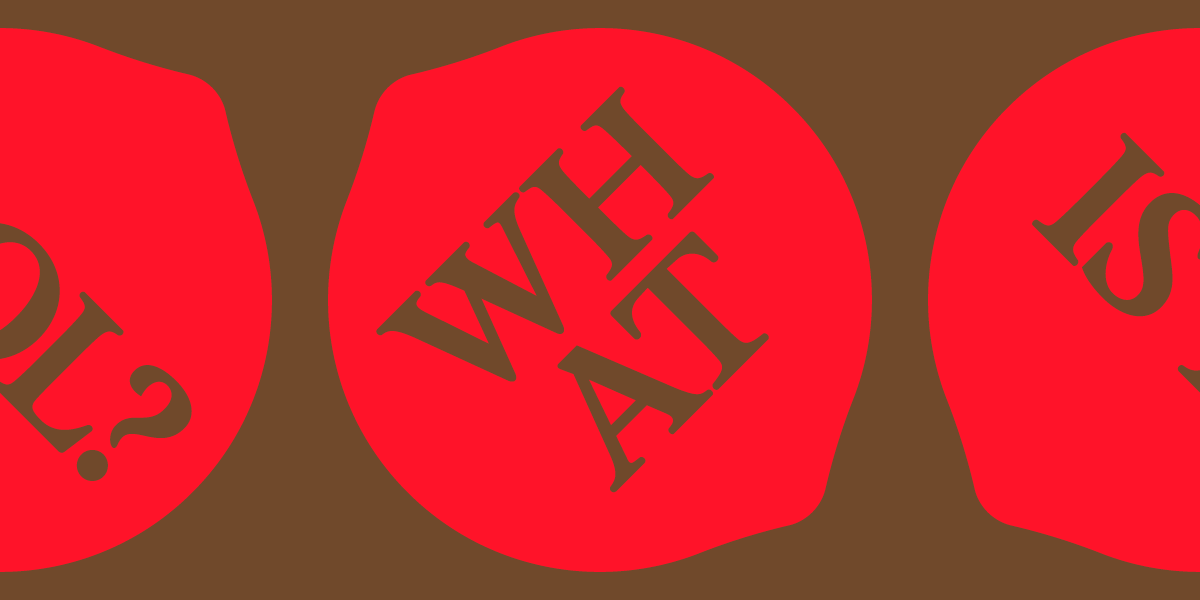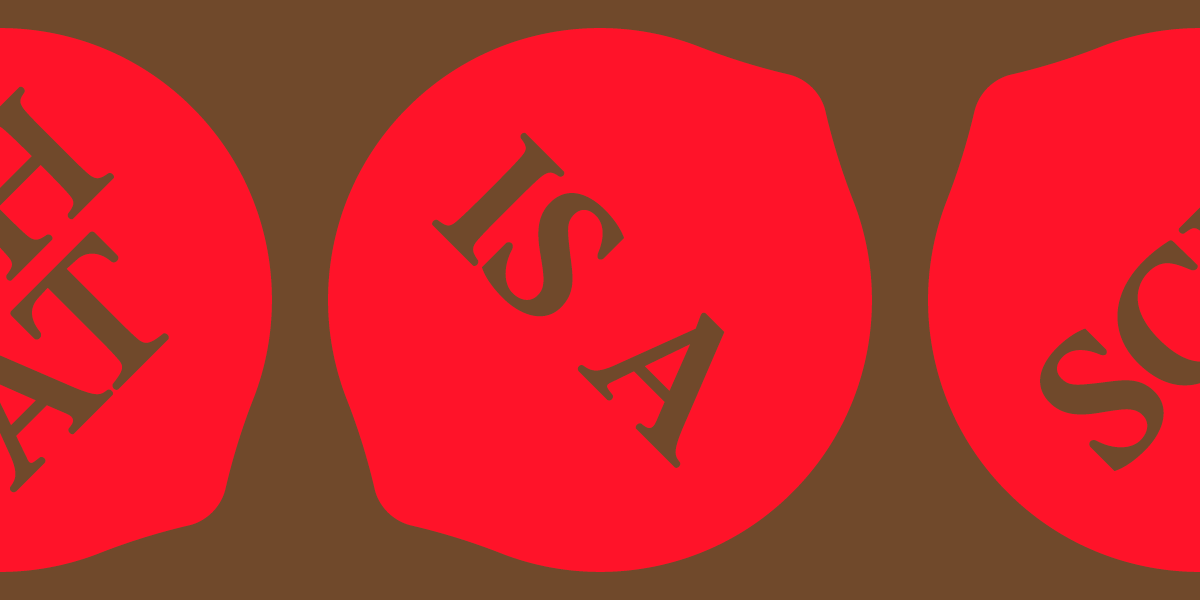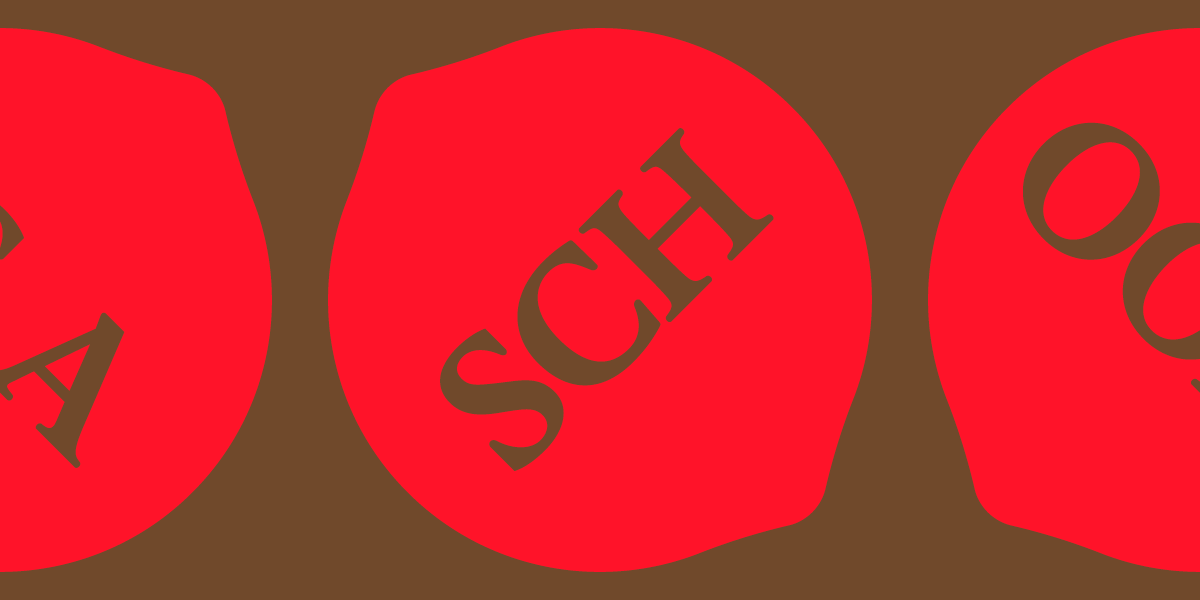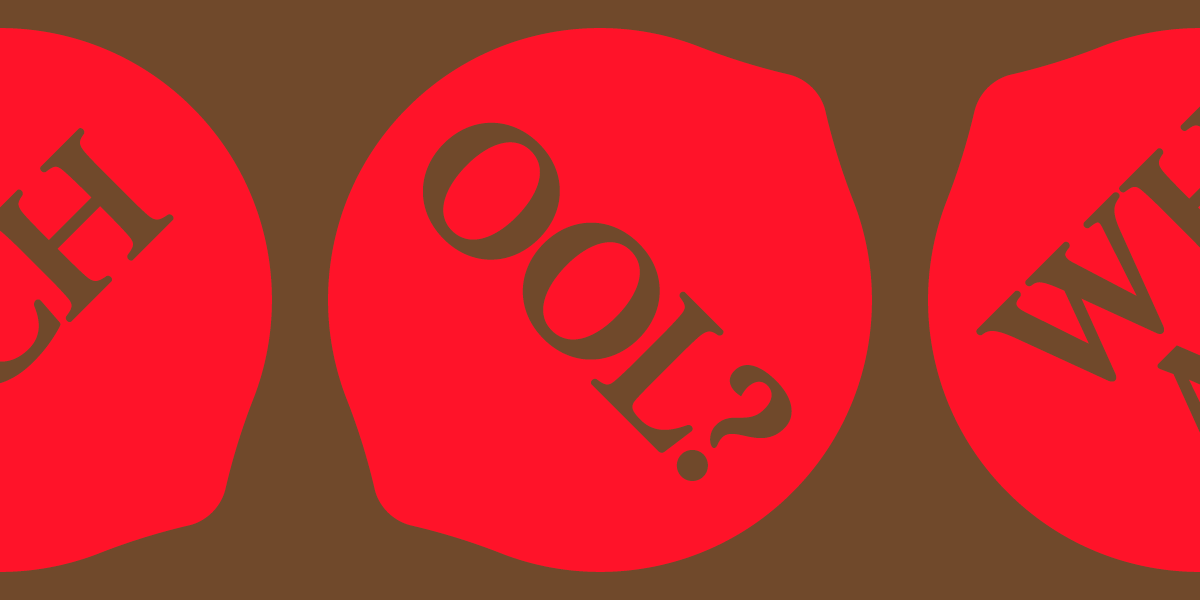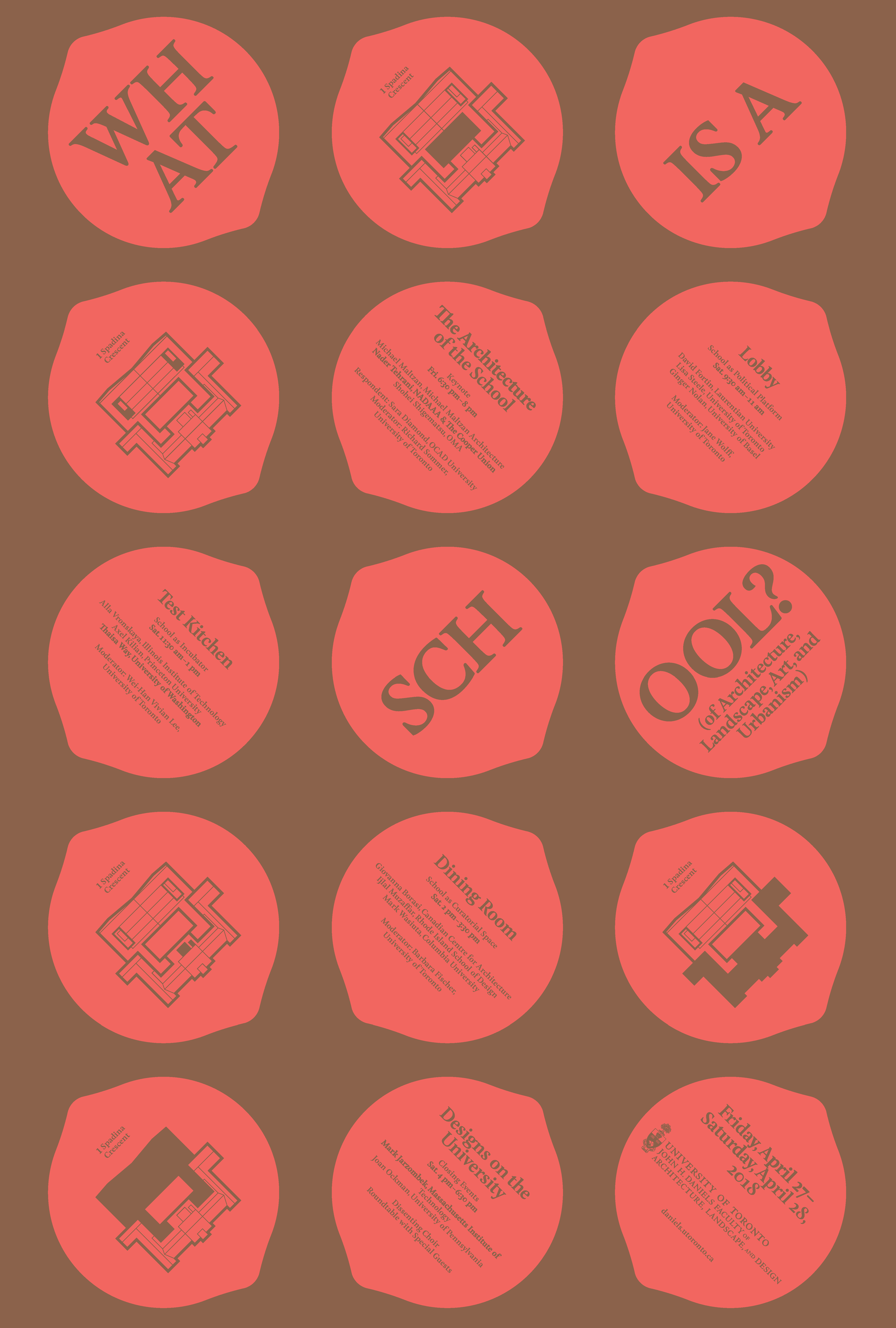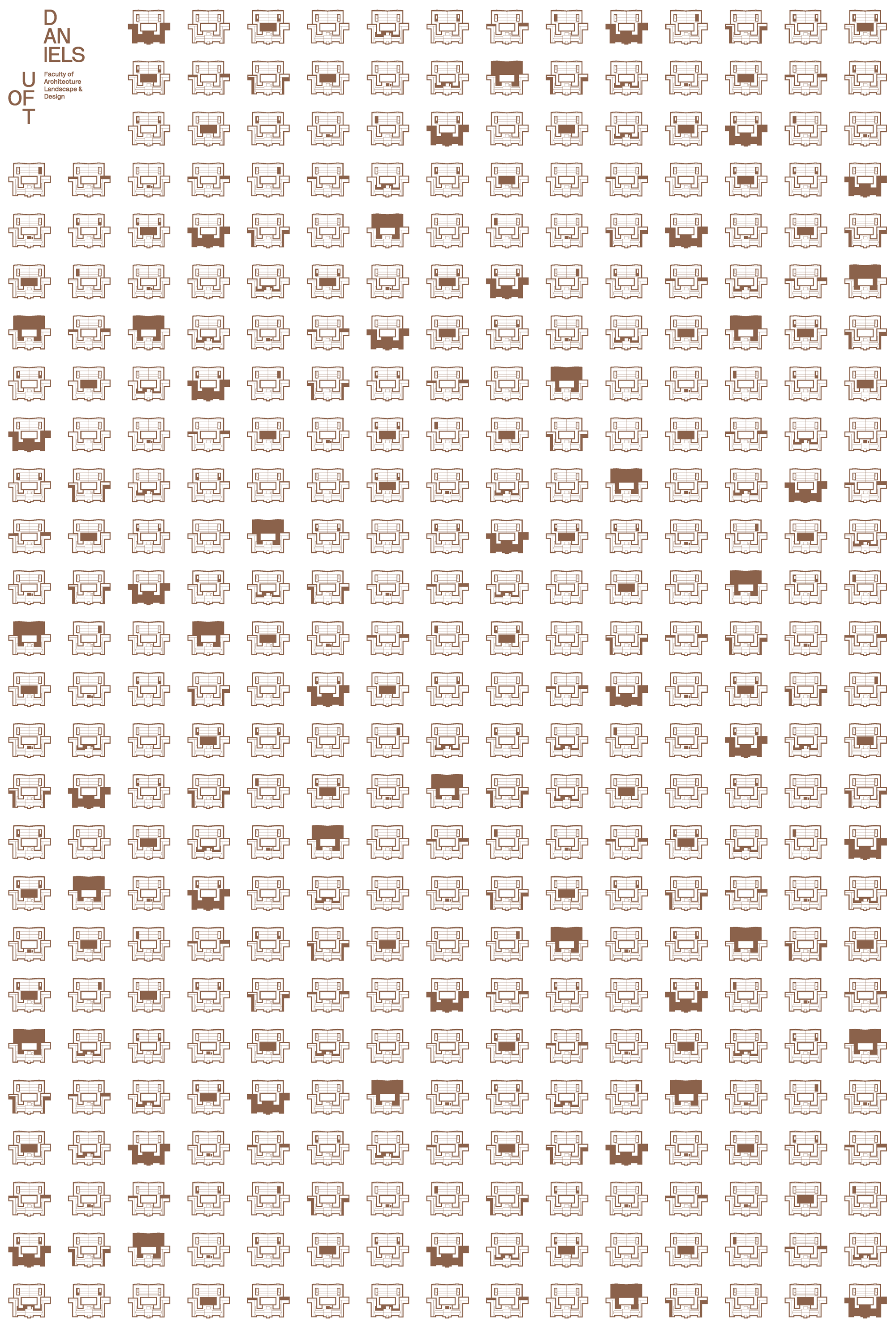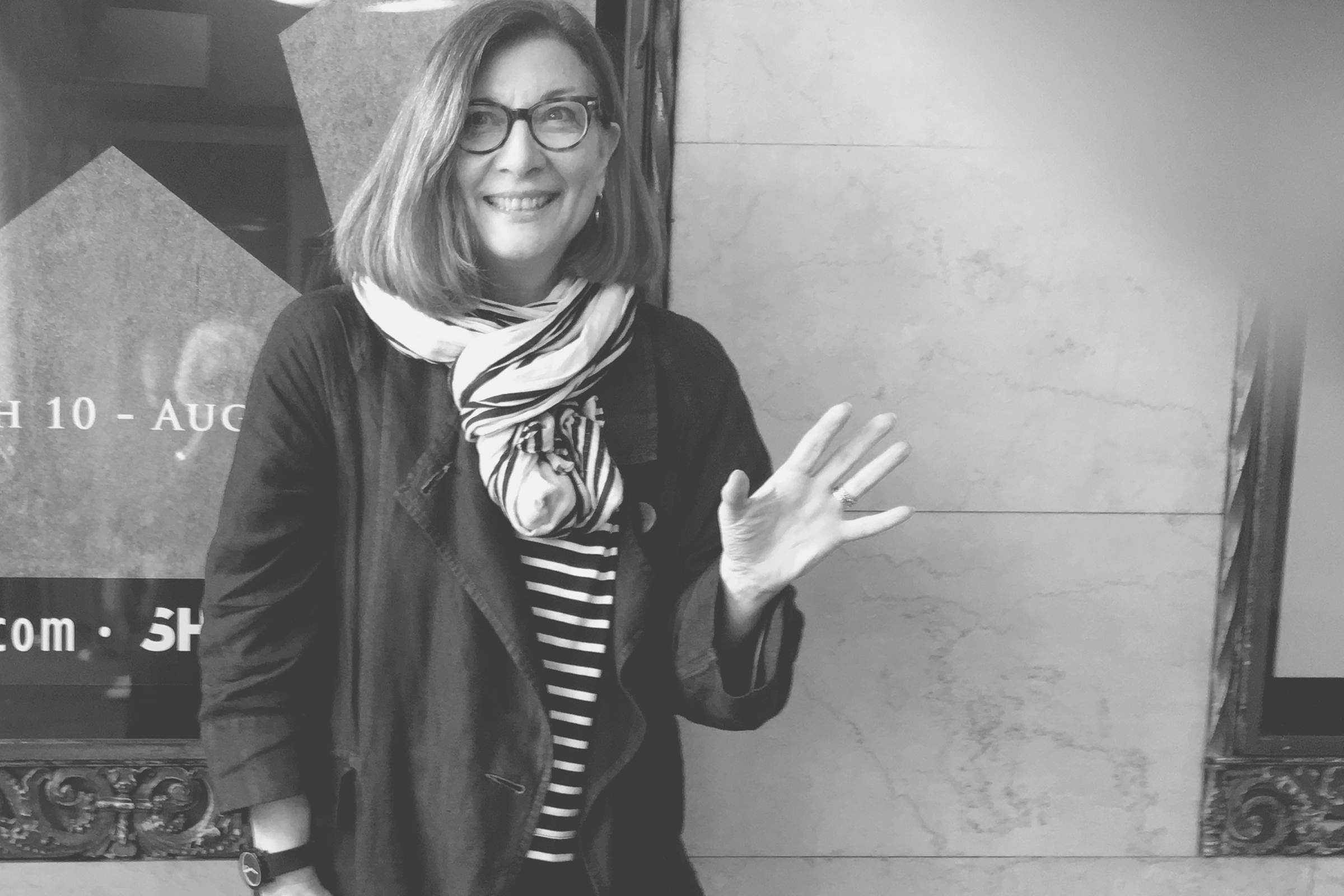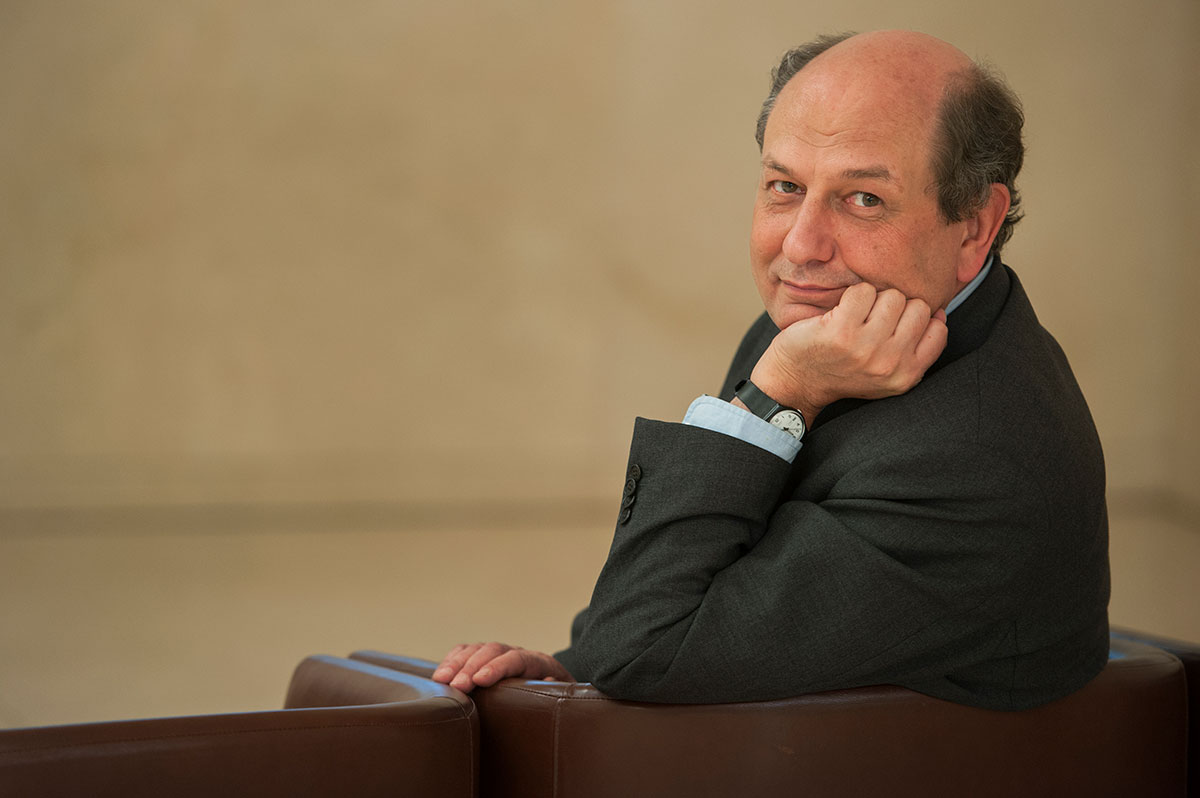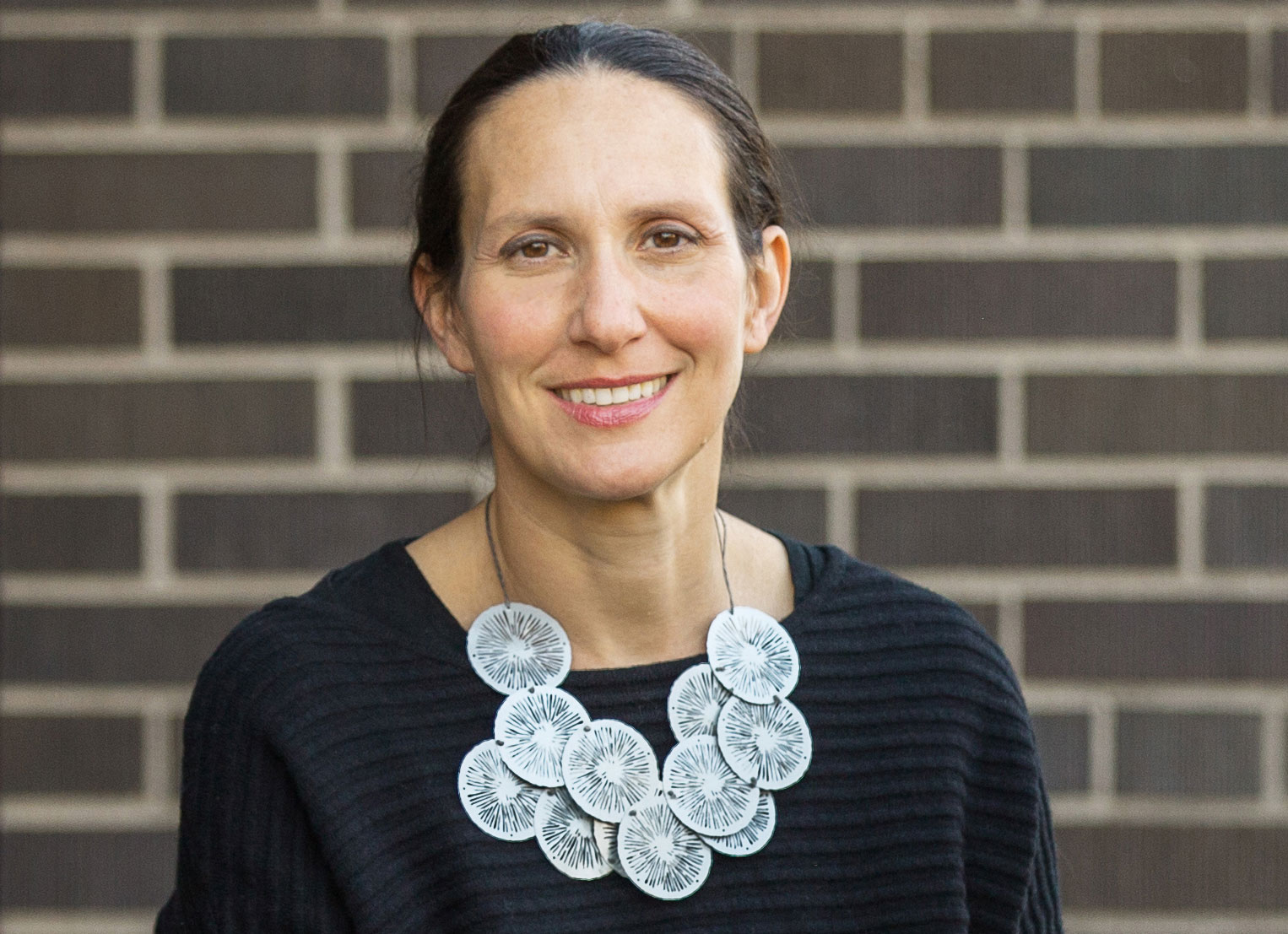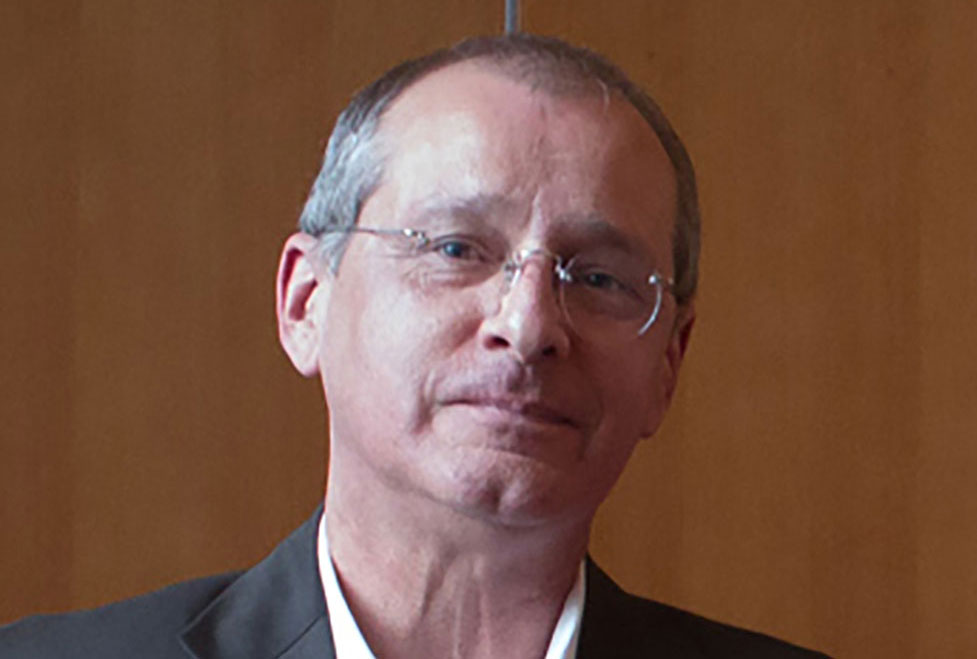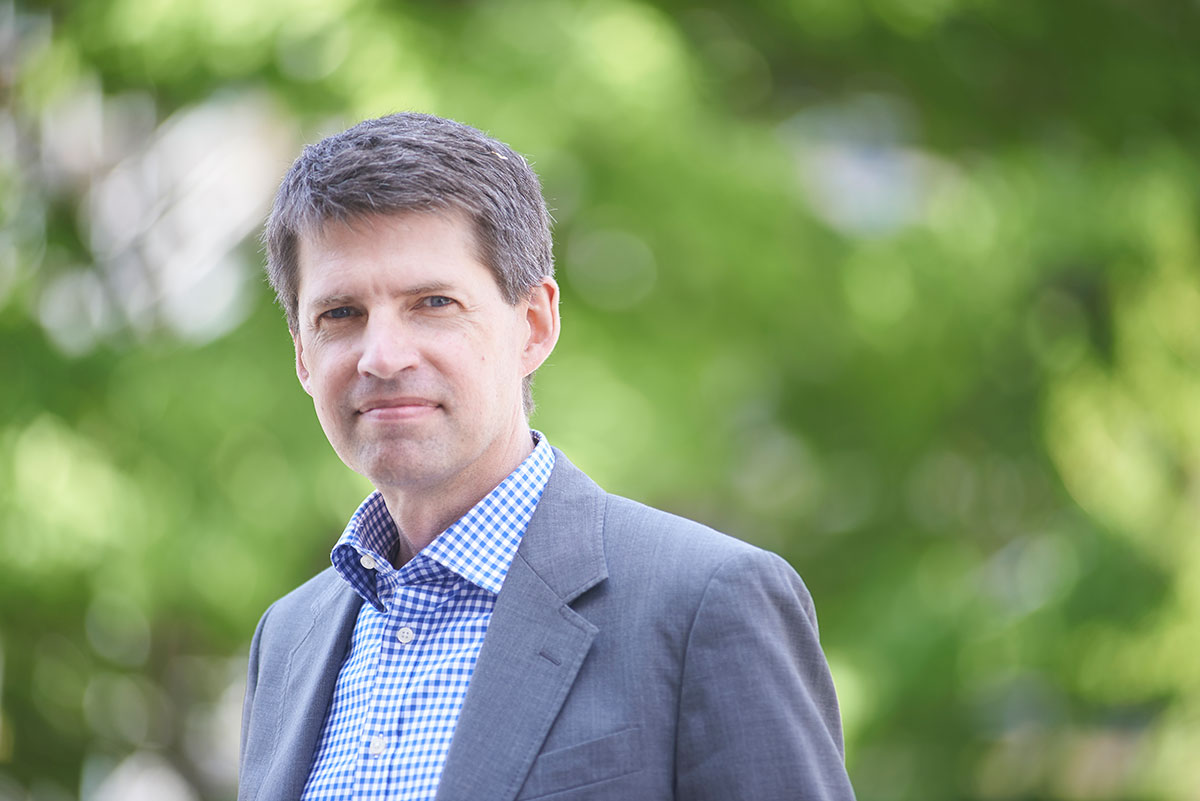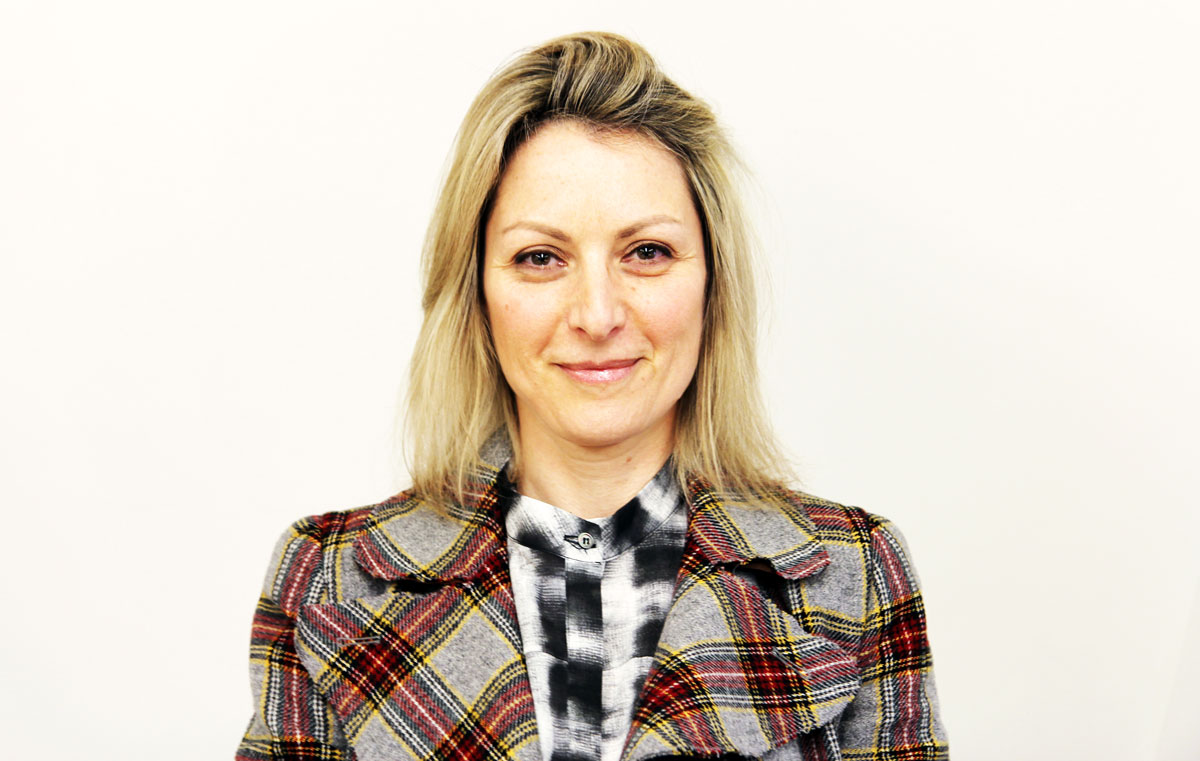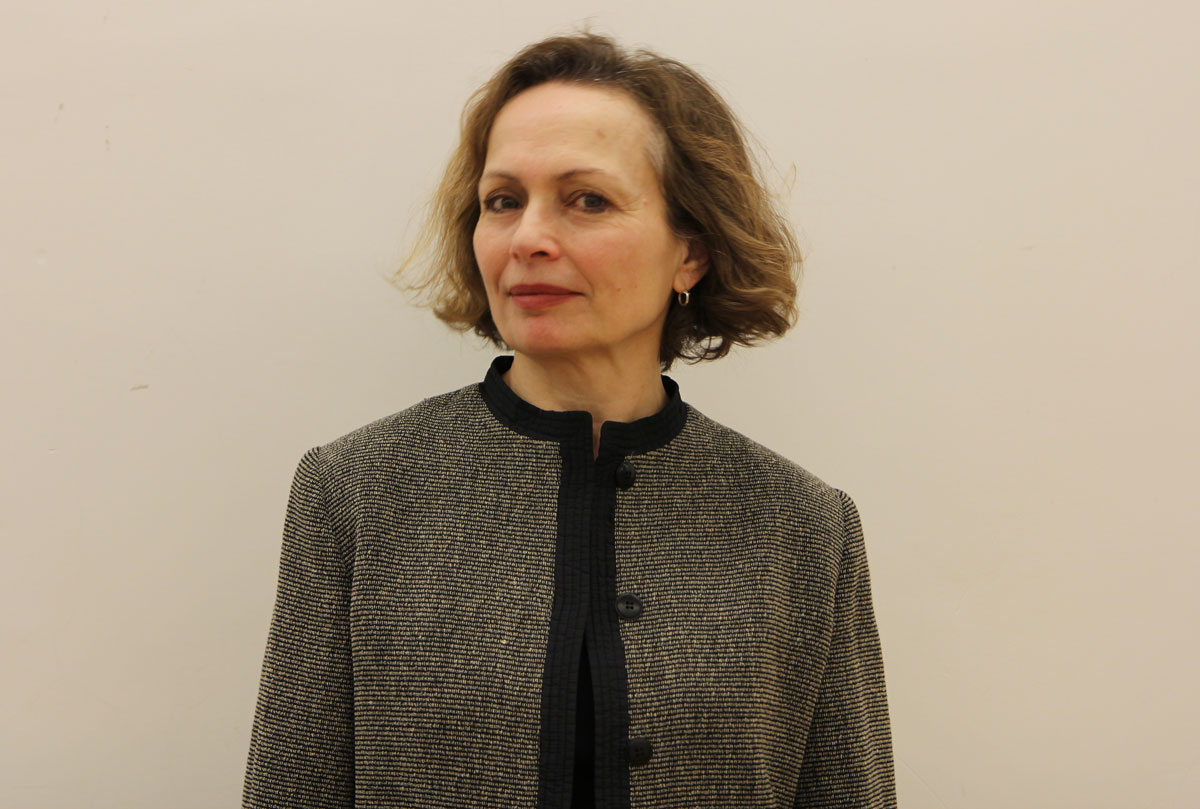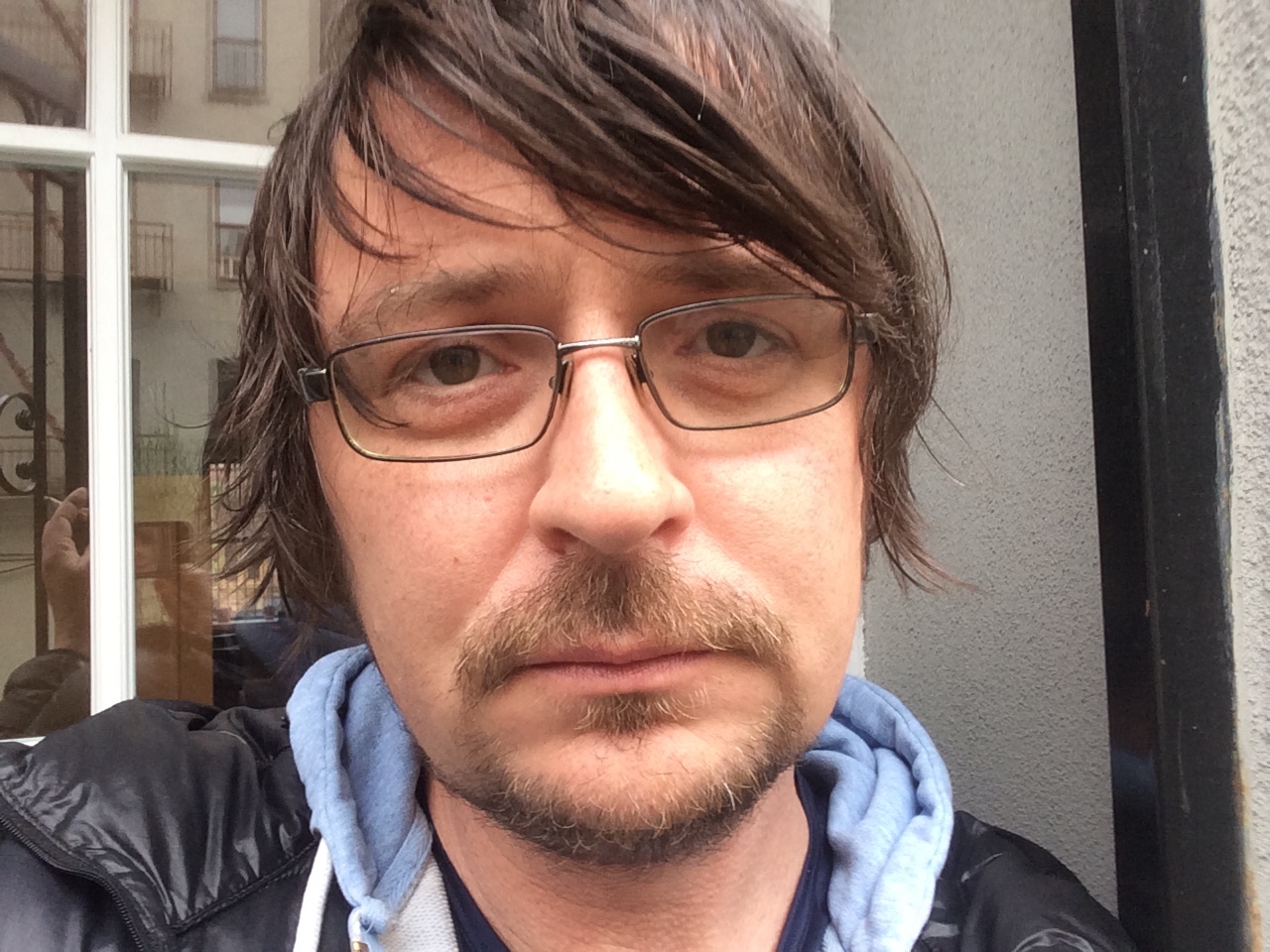What is a School? (of Architecture, Landscape, Art, and Urbanism)
-
Principal Hall, 1 Spadina Crescent
Registration is required for this event. Reserve your ticket on Eventbrite.
The "What is a School? (of Architecture, Landscape, Art, and Urbanism)" symposium will take place in Principal Hall at the Daniels Building, the new home of the Daniels Faculty. This event will bring together a rich array of educators, theorists, historians, and practitioners to address questions surrounding the design of learning spaces, including:
—What kind of a pedagogical instrument is a school of architecture/design and what role do its physical spaces and architecture play in its pedagogies and research?
—What is the contemporary role and relevance of a general education in design?
—What might be the agency and reach of the architecture/design school, beyond the school or university?
—How can an architecture/design school be both a place where ideas are cultivated over time, and where they are subject to continuous experimentation?
—How do schools of architecture/design navigate the changing political and intellectual landscape of the research university?
Schedule
Scroll down for speaker bios
Friday, April 27
The Architecture of the School
Keynote
6:30 pm – 8 pm
Featuring:
—Nader Tehrani, NADAAA & The Cooper Union
—Shohei Shigematsu, OMA
—Michael Maltzan, Michael Maltzan Architecture
Respondent: Sara Diamond, OCAD University
Moderator: Richard Sommer, University of Toronto
Saturday, April 28
Introduction
9am – 9:30am
Lobby (School as Political Platform)
9:30am – 11am
—Ginger Nolan, University of BaselFeaturing:
—David Fortin, Laurentian University
—Lisa Steele, University of Toronto
Moderator: Jane Wolff, University of Toronto
Test Kitchen (School as Incubator)
11:30am – 1pm
Featuring:
—Alla Vronskaya, Illinois Institute of Technology
—Axel Kilian, Princeton University
—Thaisa Way, University of Washington
Moderator: Wei-Han Vivian Lee, University of Toronto
Dining Room (School as Curatorial Space)
2pm – 3:30pm
Featuring:
—Ijlal Muzaffar, Rhode Island School of Design
—Mark Wasiuta, Columbia University
—Giovanna Borasi, Canadian Centre for Architecture
Moderator: Barbara Fischer, University of Toronto
Designs on the University
Closing Events
4pm – 6:30pm
Featuring:
—Mark Jarzombek, Massachusetts Institute of Technology
—Joan Ockman, University of Pennsylvania
Dissenting Choir: Roundtable with Special Guests
Poster
Pick up a copy of the event poster at the Dean's office reception or the Office of the Registrar and Student Services at 1 Spadina.
Speakers
The Architecture of the School
Keynote
6:30 pm – 8 pm, Friday, April 27
Featuring:
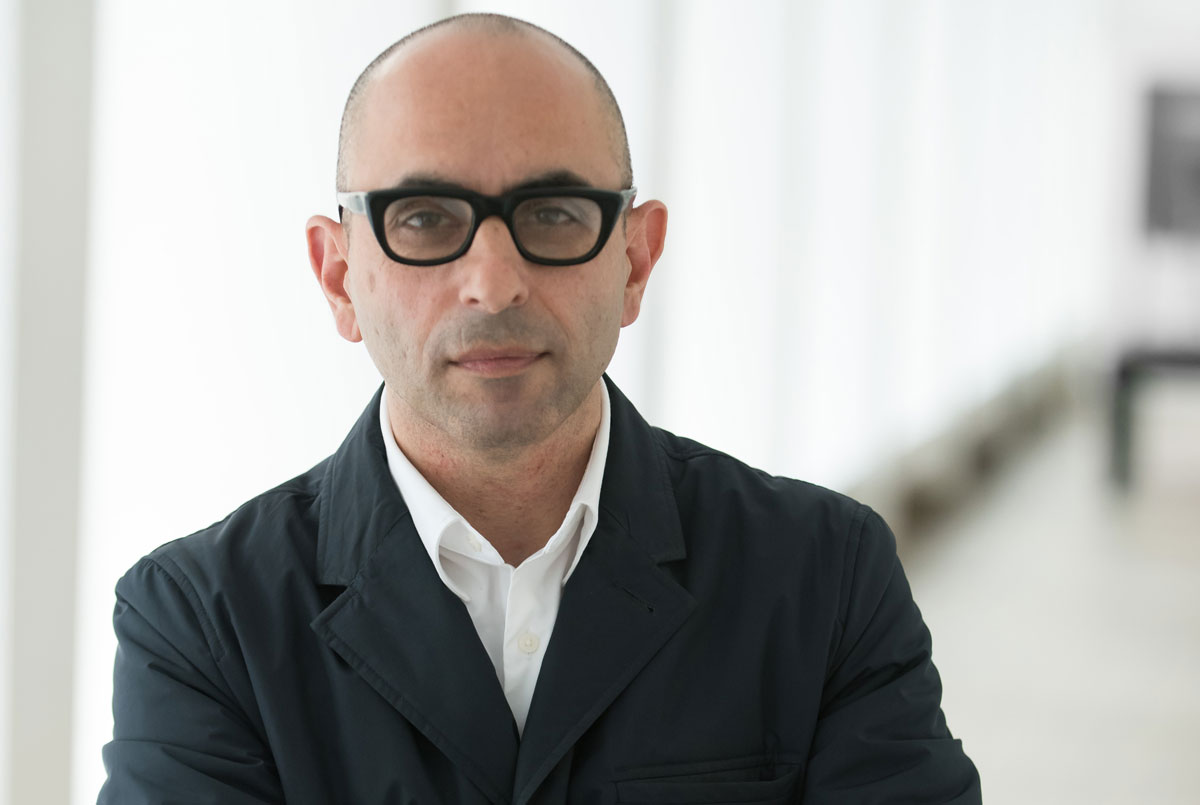
Nader Tehrani is the Dean of the Irwin S. Chanin School of Architecture at the Cooper Union in New York. Nader Tehrani is also Principal of NADAAA, a practice dedicated to the advancement of design innovation, interdisciplinary collaboration, and an intensive dialogue with the construction industry. He was previously a professor of architecture at MIT, where he served as the Head of the Department from 2010-2014.
As the principal and founder of Office dA, Tehrani’s work has been recognized with notable awards, including the Cooper Hewitt National Design Award in Architecture (2007), the United States Artists Fellowship in Architecture and Design (2007), and the American Academy of Arts and Letters Award in Architecture (2002). He has also received the Harleston Parker Award for the Northeastern University Multi-faith Spiritual Center (2002) and the Hobson Award for the Georgia Institute of Technology Hinman Research Building (2012). He was the William A. Bernoudy Architect in Residence at the American Academy in Rome in 2017/2018. Throughout his career, Tehrani has received eighteen Progressive Architecture Awards as well as numerous AIA, Boston Society of Architects and ID awards. For the past five years in a row NADAAA has placed in the top three design firms in the U.S. in Architect Magazine’s Top 50 Design ranking.
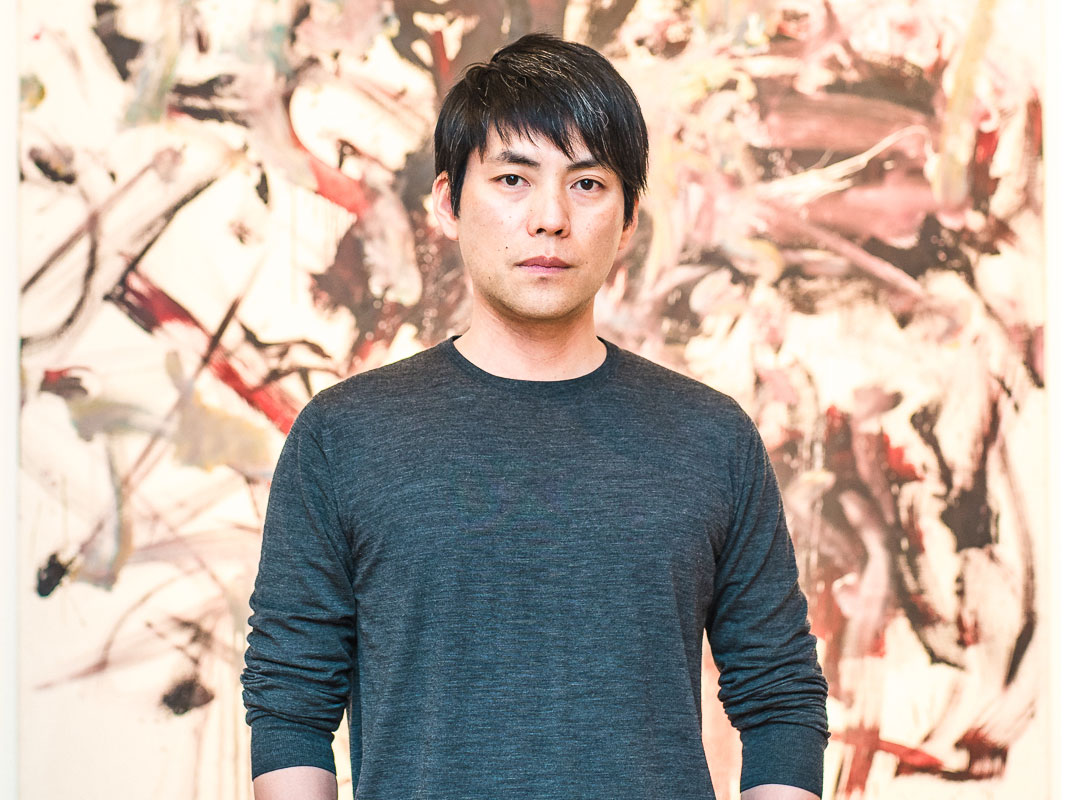
Shohei Shigematsu is a Partner at OMA and the Director of the New York office. He has been a driving force behind many of OMA’s projects, leading the firm’s diverse portfolio in the Americas for the past decade. With an emphasis on maximum specificity and process-oriented design, Sho provides design leadership and direction across the company for projects from their conceptual onset to completed construction.
Sho is responsible for cultural projects across North America, including Milstein Hall, an extension to the College of Architecture, Art and Planning at Cornell University; a new museum for the Musée national des beaux-arts du Québec; and the Faena Forum, a multi-purpose venue in Miami Beach. Sho’s cultural projects currently in progress include a museum expansion for the New Museum in New York City; an extension to the Albright Knox Gallery in Buffalo, New York; and an event space for the Wilshire Boulevard Temple in Los Angeles. Sho has also designed exhibitions for Prada, the Venice Architecture Biennale, the Metropolitan Museum of Art, and Park Avenue Armory and is currently designing Dior’s first US retrospective at Denver Art Museum. He has collaborated with multiple artists – including Cai Guo-Qiang, Marina Abramović, Kanye West and Taryn Simon - and is currently redesigning Sotheby's New York headquarters.
Sho’s urban and public space designs around the world include the Willow Campus masterplan, an integrated mixed-use village for Facebook in Menlo Park, California; a mixed-use development in Santa Monica; a new civic center in Bogota, Colombia; a post-Hurricane Sandy urban water strategy for New Jersey; and in Toronto, the largest transit-oriented development currently underway in North America.
Sho has built a number of innovative workspaces including – the China Central Television Headquarters in Beijing (2012), and the Shenzhen Stock Exchange Headquarters (2013). He is currently designing a new business center in Fukuoka (2020) and OMA’s first tower in Tokyo for Mori Building Co, Ltd. (2022). Sho’s designs for three residential projects are under construction across the country – from New York to San Francisco and Miami.
A design critic at the Harvard Graduate School of Design, Sho has lectured at TED and Wired Japan conference, and at universities throughout the world.
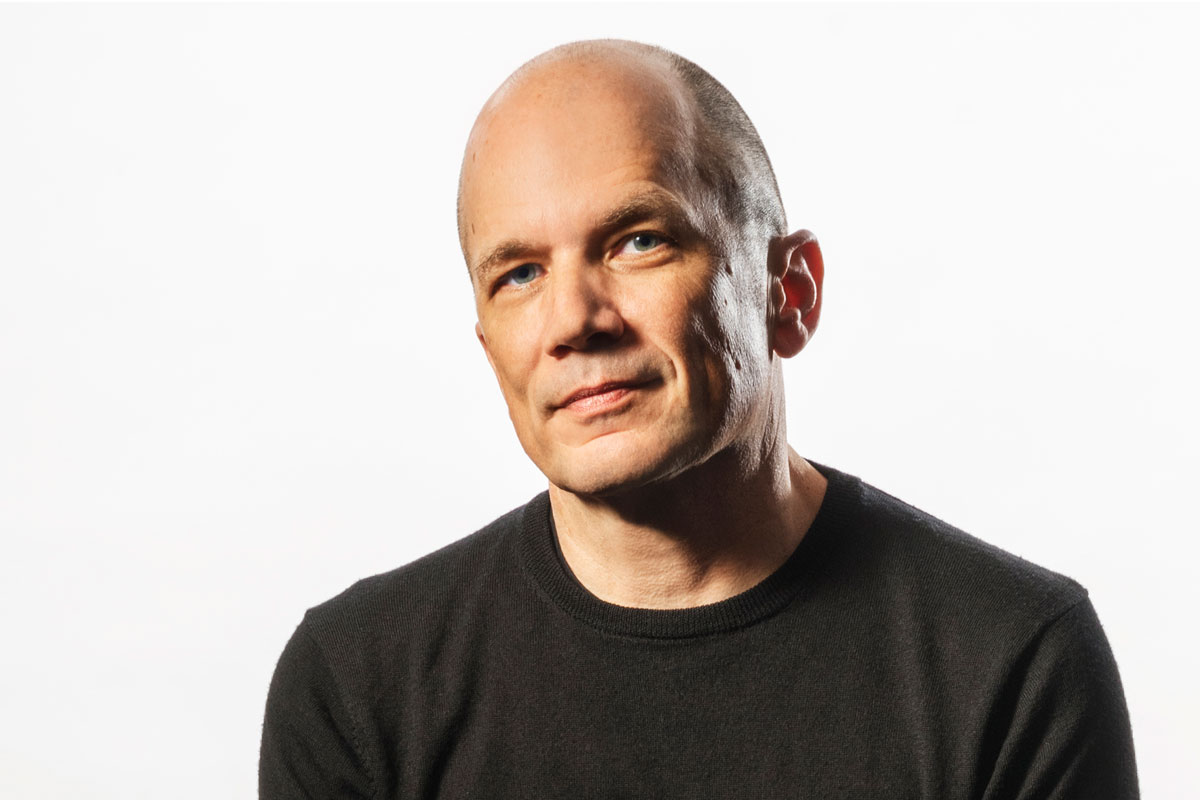
Michael Maltzan is the Design Principal of Michael Maltzan Architecture in Los Angeles. Through a deep belief in architecture’s role in our cities and landscapes, he has succeeded in creating new formal, cultural, and social connections across a variety of scales and programs. His work includes a wide range of typologies, from cultural institutions to city infrastructure. Michael’s notable projects include the Moody Center for the Arts at Rice University, Star Apartments, and the Pittman Dowell Residence as well as the Winnipeg Art Gallery Inuit Art Centre, MIT Vassar Street Residential Hall, and the new Sixth Street Viaduct that are currently under construction. These award-winning projects have gained international acclaim for their innovation in design and construction and have been extensively published and exhibited around the world.
Michael received an M.Arch from the Harvard University Graduate School of Design, and BFA and B.Arch degrees from the Rhode Island School of Design. Michael is a Fellow of the American Institute of Architects, a recipient of the American Academy of Arts and Letters Architecture Award, and the 2016 AIA Los Angeles Gold Medal Honoree. His published works include “No More Play: Conversations on Urban Speculation in Los Angeles and Beyond” and "Social Transparency: Projects on Housing."
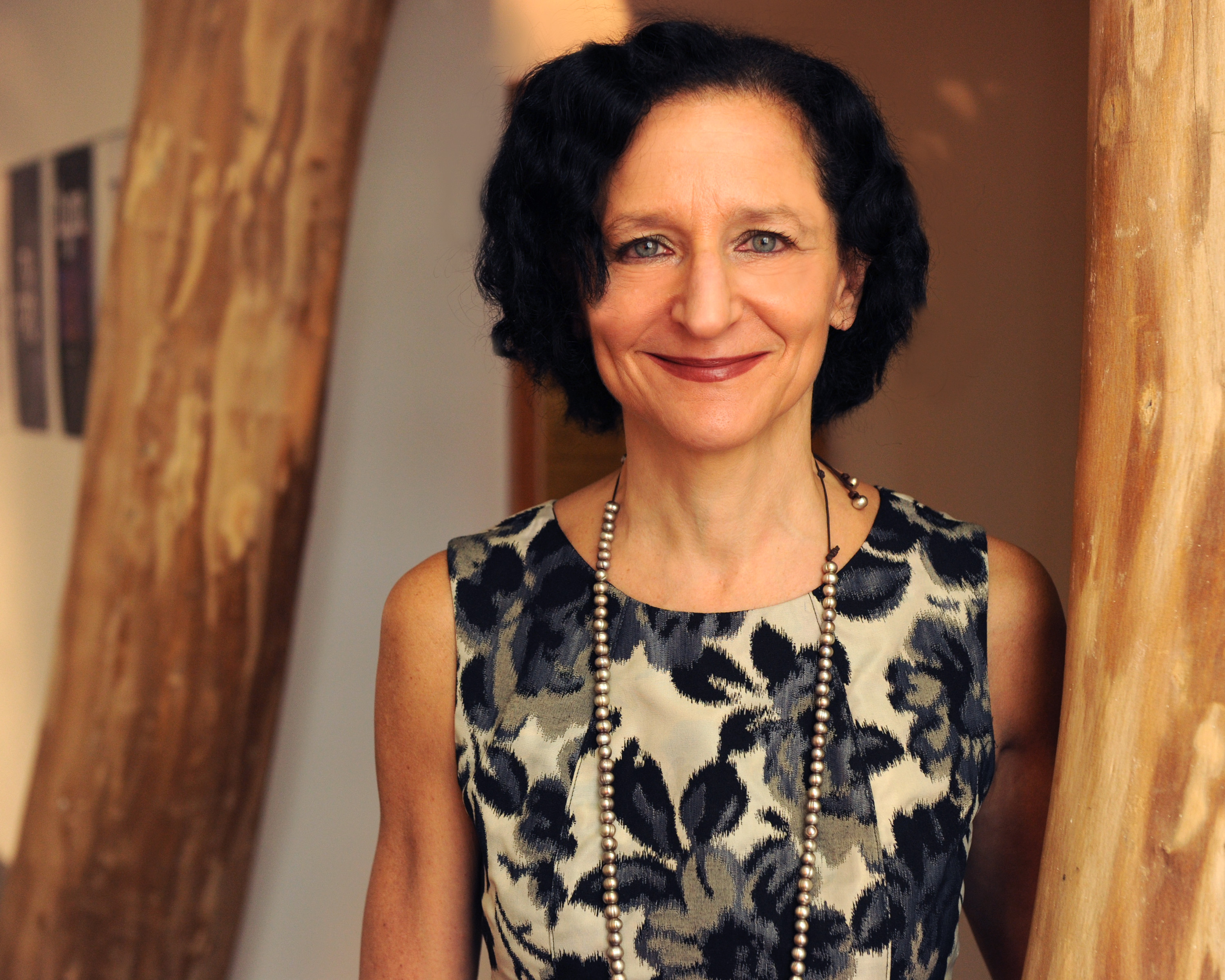
Dr. Sara Diamond is the President of OCAD University, Canada’s, “University of the Imagination.” She holds a PhD in Computing, Information Technology and Engineering, a Masters in Digital Media and Honours Bachelors of Arts in History and Communications. She is an appointee of the Order of Ontario and the Royal Canadian Academy of Artists and a recipient of the Queen’s Diamond Jubilee Medal for service to Canada. She is the winner of the 2013 GRAND NCE Digital Media Pioneer Award, recognized as one of Toronto Life’s Top Fifty and she is a Senior Fellow at Massey College, University of Toronto. She was recently honored as one of Canada’s 150 leading women. Since her appointment in 2005, she has led OCAD University’s evolution to a full university, helping to build its transdisciplinary and research-creation research capacity and infrastructure, integrate STEM subjects, create its Digital Futures Initiative, launch the Indigenous Visual Culture Program, strengthen its approach to inclusion, and grow its undergraduate and graduate programs in studio art and design. Diamond is a researcher in media arts history and policy, visual analytics and has created wearable technologies, mobile experiences and media art. Diamond was honoured with a 1992 retrospective at the National Gallery of Canada, represented Canada in festivals and biennials, and her works reside in collections such as the MoMA in New York City, National Gallery of Canada and Vancouver Art Gallery.
Lobby (School as Political Platform)
9:30am – 11am, Saturday, April 28
Featuring:
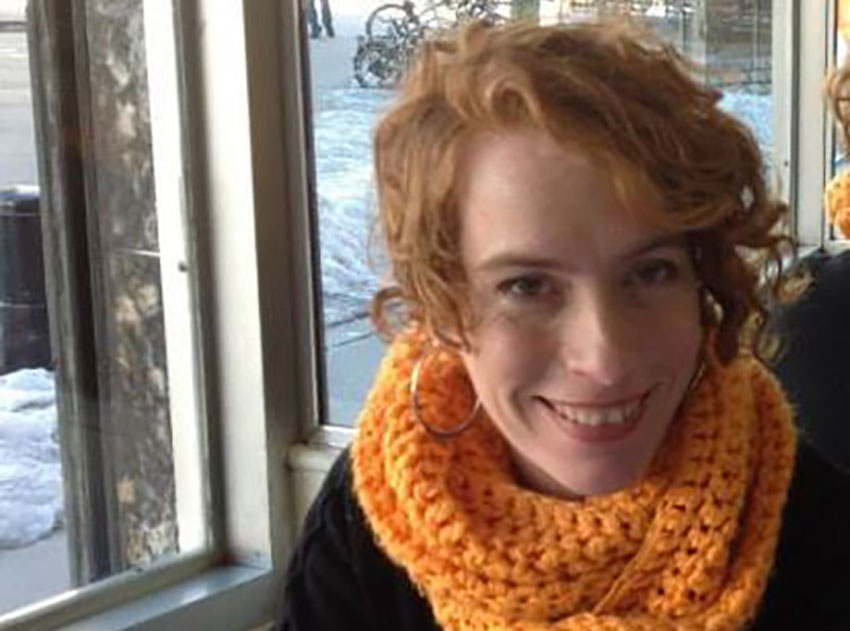
Ginger Nolan is a postdoctoral fellow in Urban Studies at Basel University. Her work explores the intersections of architecture, media theory, and constructions of race. Her book manuscript "Savage Mind /Savage Machine: Architecture, Technology, and the Making of Magical Thought" is under contract with the University of Minnesota Press. She has published in journals including Grey Room, The Journal of Architecture, Log, Avery Review, and Perspecta.
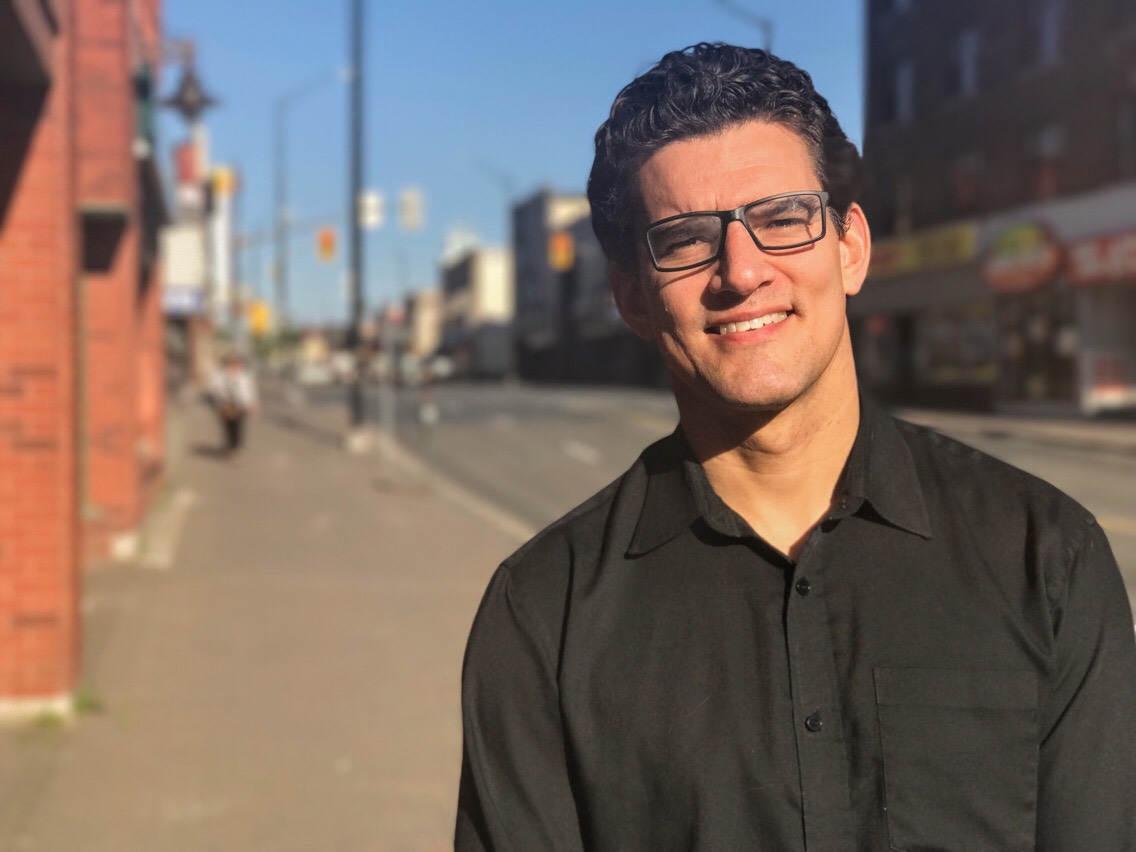
Raised in the Canadian prairies, David Fortin is a registered architect and academic with special interests in the relationship between design culture and Indigenous peoples, as well as speculative architecture, including Indigenous and non-Indigenous science-fiction. He has worked for a number of leading design firms in Calgary, gaining experience on projects of various scales. Since 2005, he has taught architecture in the UK, USA, and Canada, leading undergraduate and graduate courses in architectural design, history and theory, and is currently completing a SSHRC-funded research project exploring prairie Métis contributions to architectural thinking in Canada. David is a member of the Métis Nation of Ontario, the RAIC Indigenous Task Force and is the first Indigenous architect to become a director of a Canadian school of architecture.
Image: Samantha Samson
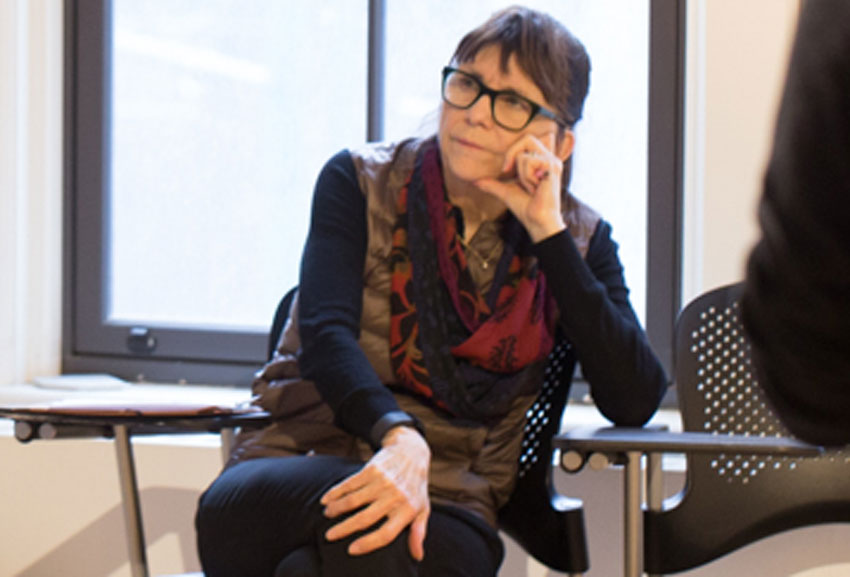
Professor Lisa Steele teaches in the Visual Studies program at the Daniels Faculty. She works in video, photography, film and performance as well as writing and curating on video and media arts. Steele was born in Kansas City, Missouri in 1947, and studied English Literature at the University of Missouri. She immigrated to Canada in 1968 and is now a Canadian citizen. Steele's videotapes have been extensively exhibited nationally and internationally including: at the Venice Biennale in 1980, the Kunsthalle in Basel, the Museum of Modern Art in New York City, the National Gallery of Canada, the Institute of Contemporary Art in Boston, the Vancouver Art Gallery and the Long Beach Museum. Her videotapes are in many collections including: The National Gallery of Canada, the Art Gallery of Ontario, the Museum of Contemporary Art in Houston, Texas, Ingrid Oppenheim, Concordia University in Montreal, Newcastle Polytechnic in England, Paulo Cardazzo in Milan, the Canadian Embassy in Tokyo, the Akademie der Kunst in Berlin, and the Centre Georges Pompidou in Paris. She is a co-founder of Vtape, a Toronto media arts resource centre.
Test Kitchen (School as Incubator)
11:30am – 1pm, Saturday, April 28
Featuring:
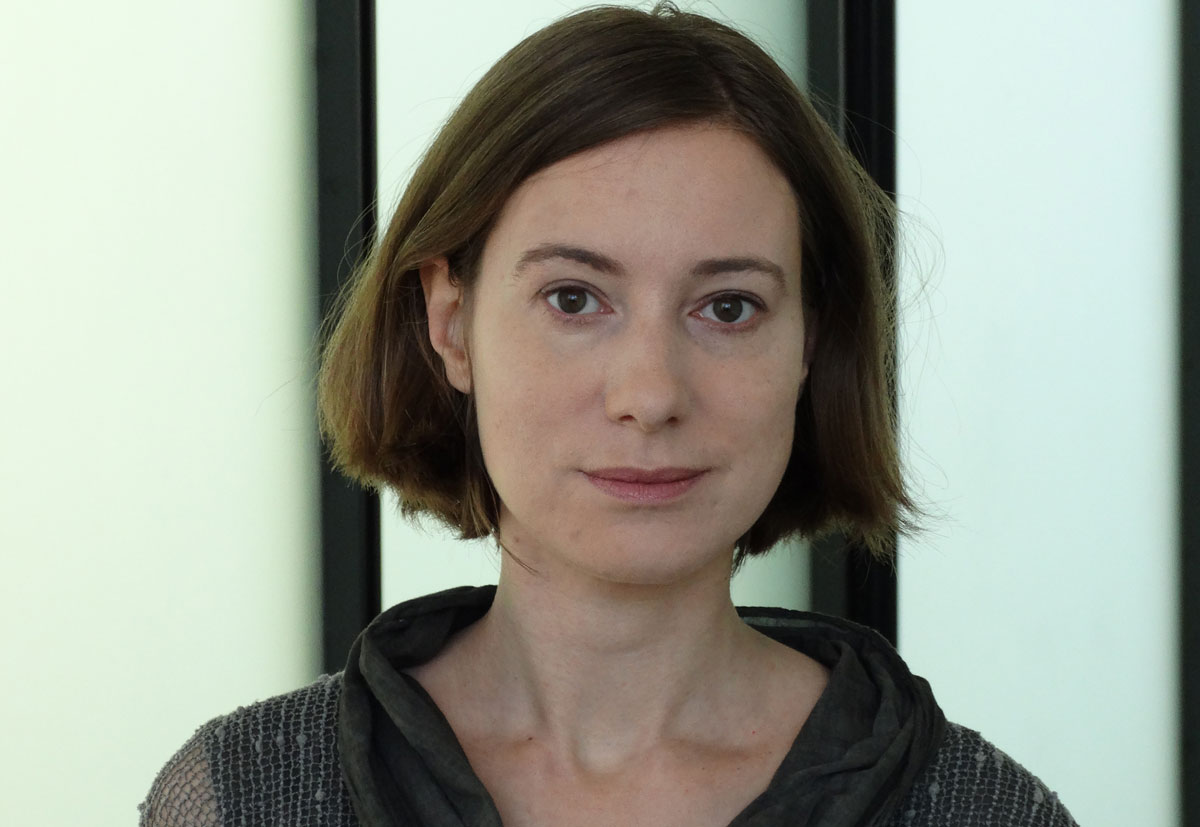
Alla Vronskaya is an assistant professor at the College of Architecture of the Illinois Institute of Technology. She is an architectural historian whose work focuses on the relationship between architecture, science, and techniques of social engineering in the modern period. She holds a Ph.D. in the history of architecture from MIT (2014). Prior to joining IIT, she was a postdoctoral fellow and subsequently a visiting lecturer of architectural theory at the Swiss Federal Institute of Technology (ETH), Zurich. Her current book project, Architectures of the Unconscious: Human Ecology and Design in the Interwar Soviet Union, examines how Soviet architects employed techniques of experimental psychology, particularly, research of unconscious perception, for the design of environments that affect human subjectivity and regulate behavior. She has published and presented widely on different aspects of modern architectural theory and intellectual culture.

Axel Kilian is an Assistant Professor at the Princeton University School of Architecture. He previously was a Postdoctoral Associate researcher at the Department of Architecture at MIT and an Assistant Professor in the design Informatics chair at TU Delft. In 2006 he completed a PhD in Design and Computation at MIT on design exploration. In addition, he holds a Master of Science in Architectural Studies from the Department of Architecture MIT, which he attended on a German-American Fulbright scholarship after completing his professional degree in architecture at the University of the Arts Berlin. His most recent work in architectural robotics has been exhibited at the Istanbul Design Biennale and the Seoul Biennale of Architecture and Urbanism. His current research focus is on embodied computation, the continuation of computation in the physical realm.
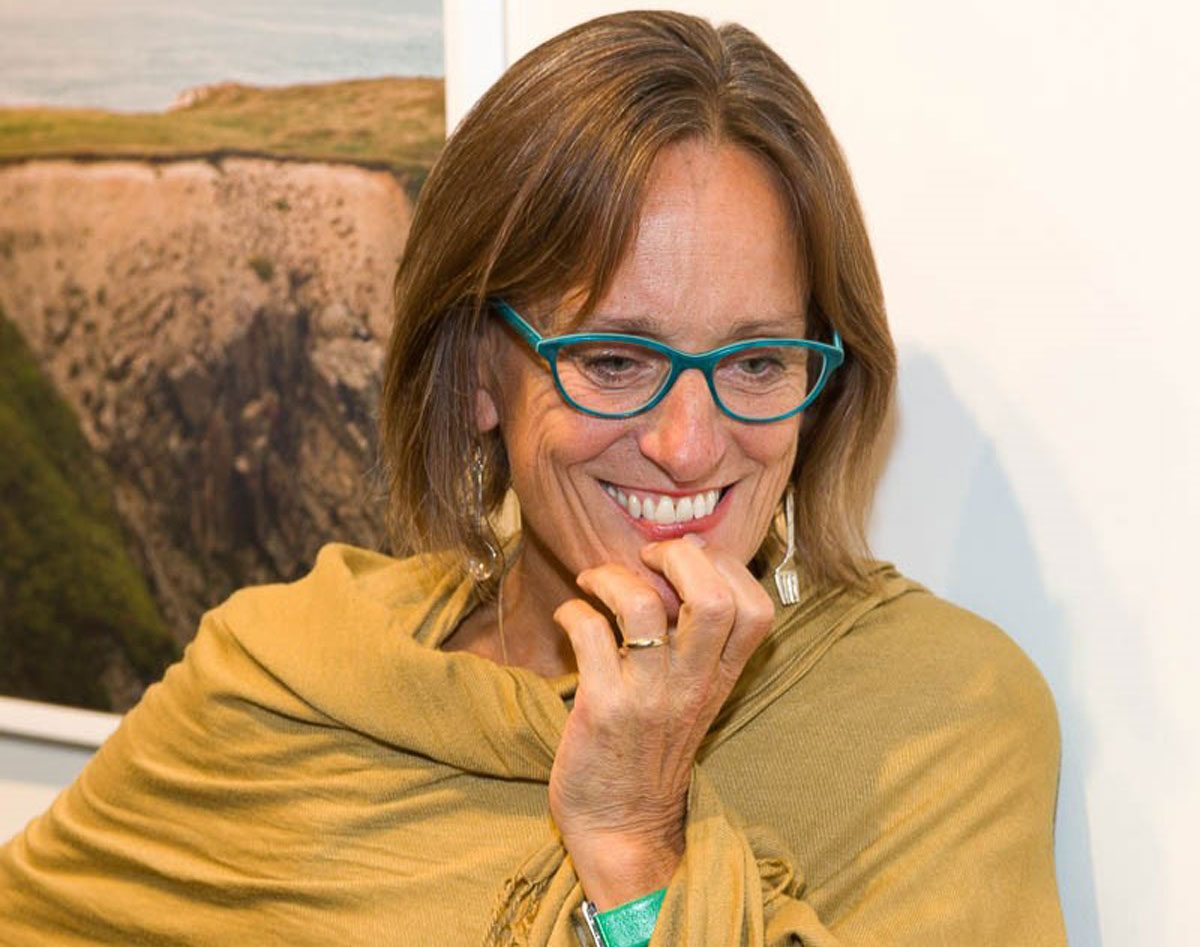
Thaisa Way ASLA, FAAR, is an urban landscape historian teaching and researching history, theory, and design in the Department of Landscape Architecture at the College of Built Environments, University of Washington, Seattle. Dr. Way has published and lectured on feminist histories of landscape architecture and public space in cities. Her book, Unbounded Practices: Women, Landscape Architecture, and Early Twentieth Century Design (2009, University of Virginia Press) was awarded the J.B. Jackson Book Award in 2012. A second book, From Modern Space to Urban Ecological Design: The Landscape Architecture of Richard Haag (University of Washington Press 2015) explores the narrative of post-industrial cities and the practice of landscape architecture. She has edited two books in urban environmental history and practice including Now Urbanism : the Future City is Here (Routledge, 2013) with Jeff Hou, Ken Yocom, and Ben Spencer, and River Cities/City Rivers (Harvard Press, forthcoming). She recently completed the monograph, Landscape Architect A.E. Bye: Sculpting the Earth, Modern Landscape Design Series (Norton Publishing, 2018 forthcoming). Dr. Way currently serves as the founding director of Urban@UW, a coalition of urban researchers and teachers collaboratively addressing complex urban challenges and Chair of Faculty Senate at the University of Washington.
Dining Room (School as Curatorial Space)
2pm – 3:30pm, Saturday, April 28
Featuring:
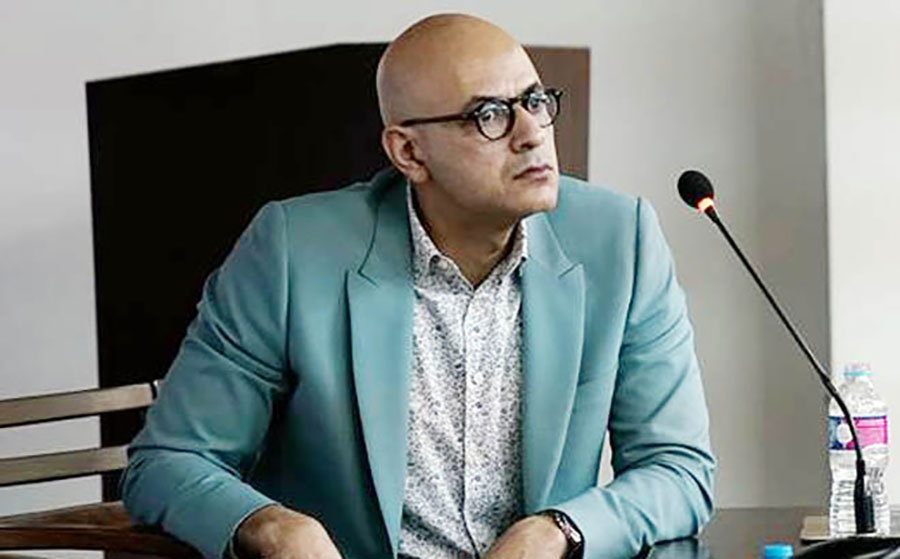
Ijlal Muzaffar is an Associate Professor of Modern Architectural History at the Rhode Island School of Design. He received his PhD from MIT in the History, Theory, and Criticism of Architecture and Art. He also holds a Master of Architecture from Princeton University and a BA in Mathematics and Physics from the University of Punjab. His work has appeared in edited volumes, biennale catalogues, and peer reviewed journals like Grey room, Future Anterior, and Aggregate, an architectural history research collaborative and publishing platform of which he is also a founding member. He is currently working on a book titled, The Periphery Within: Modern Architecture and the Making of the Third World, that looks at how modern architects and planners played a critical role in shaping the discourse on Third World development and its associated structures of power after the Second World War.
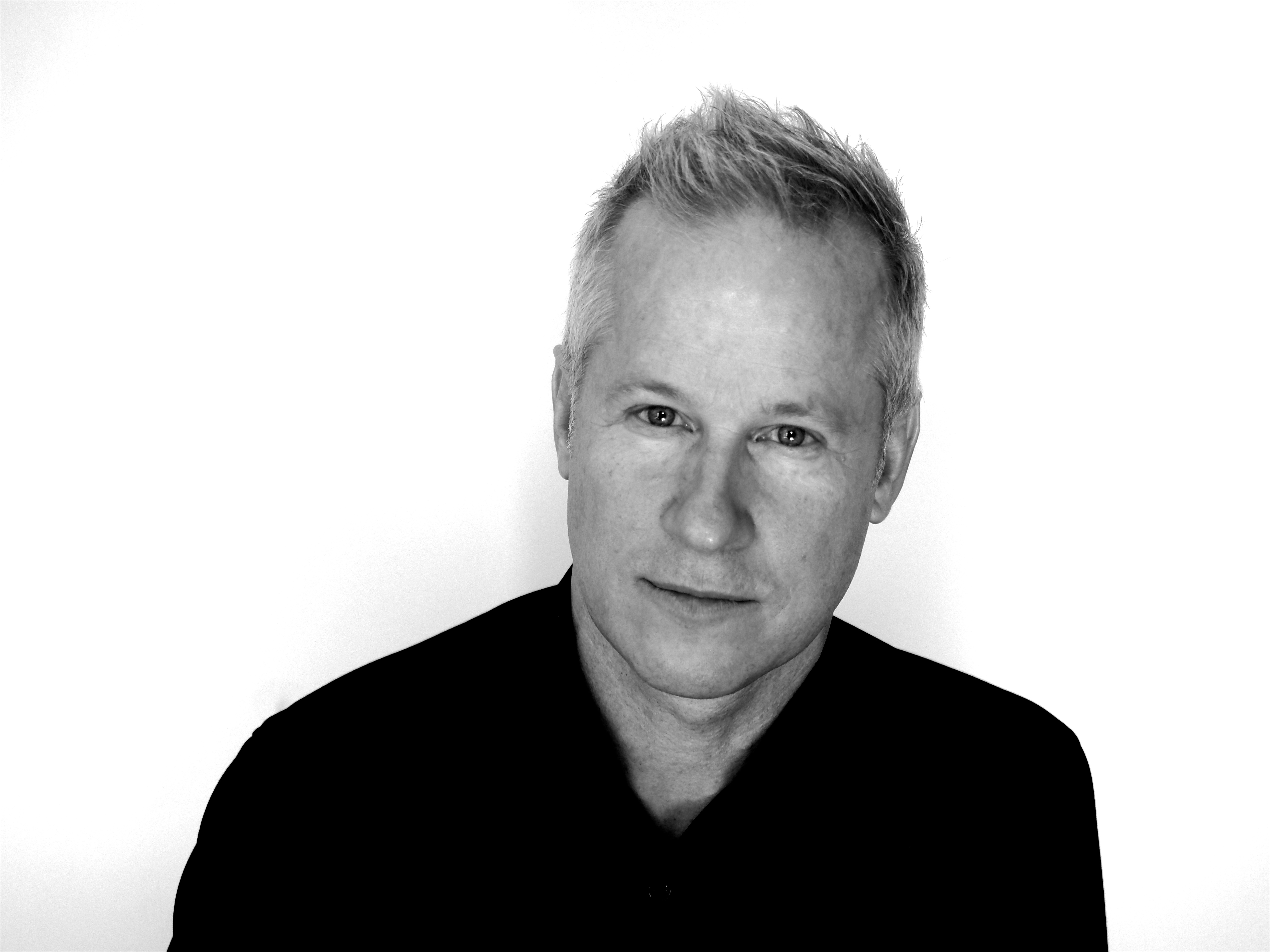
Mark Wasiuta is a curator, writer, and architect who teaches at GSAPP Columbia University where he is Co-Director of the MS degree program Critical, Curatorial and Conceptual Practices in Architecture. Over the last decade, as Director of Exhibitions at GSAPP, he developed a body of research and archival exhibitions that focus on under-examined practices of the postwar period. Recent exhibitions include “Environmental Communications: Contact High,” “Information Fall-Out: Buckminster Fuller’s World Game,” “Les Levine: Bio-Tech Rehearsals 1967-1973,” and “Control Syntax Songdo,” installed at the 2017 Seoul Architecture Biennale. Other exhibitions recently on view were “Detox USA,” at the Istanbul Design Biennial, “Control Syntax Rio” at the Storefront for Art and Architecture in New York City, and “Every Building in Baghdad: The Rifat Chadirji Archives at the Arab Image Foundation,” at the Graham Foundation in Chicago and LAXArt in Los Angeles. He is co-author and co-editor of Dan Graham’s New Jersey and author of numerous articles. His upcoming publications include The Archival Exhibition: A Decade of Research at the Arthur Ross Architecture Gallery, Documentary Remains, Information Fall-Out: Buckminster Fuller’s World Game and, with Akram Zaatari, Rifat Chadirj: Architecture Index.
Wasiuta is recipient of recent grants from the Asian Cultural Council, NYSCA, and the Graham Foundation, where is also currently a Fellow. Wasiuta is partner in the International House of Architecture, a research venture devoted to projects that together assemble a cultural history of air in Los Angeles.
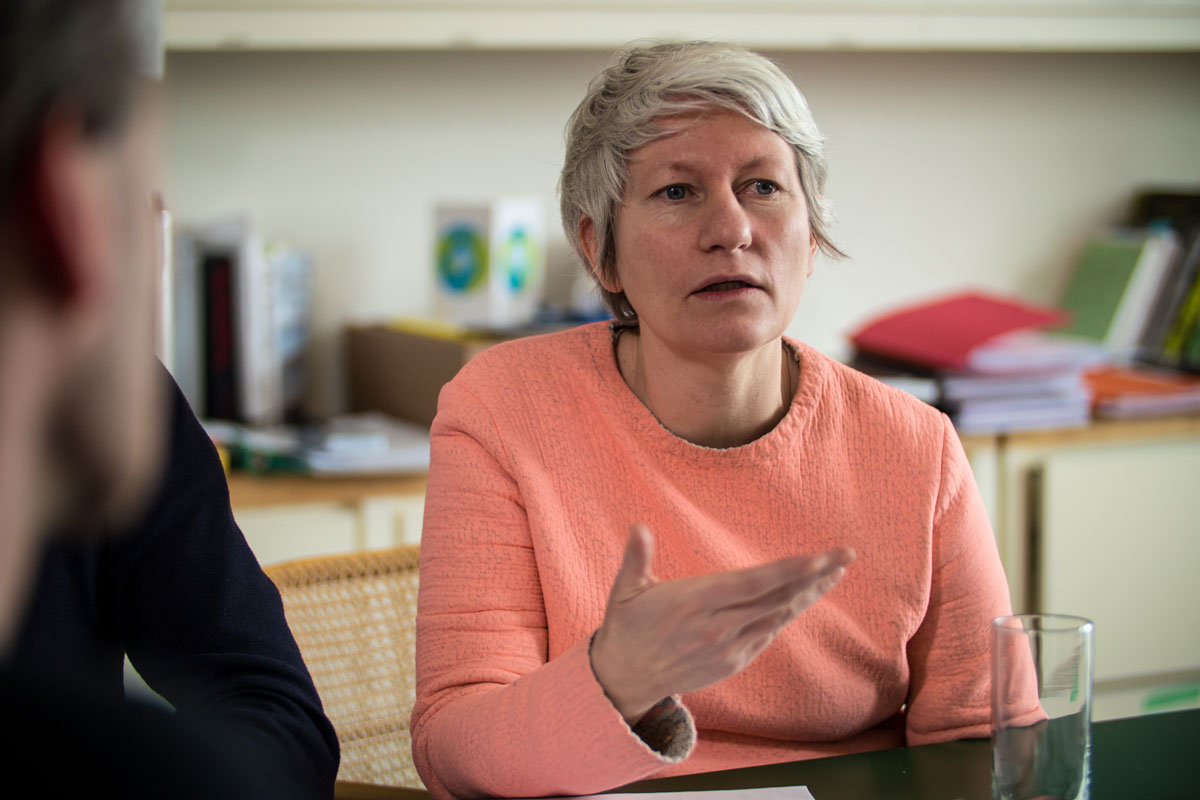
Giovanna Borasi is an architect, curator and writer, and Chief Curator at the Canadian Centre for Architecture (CCA) since 2014. She was editor for Abitare (Deputy Editor in Chief, 2011-2013), Lotus International (1998-2005) and Lotus Navigator (2000-2004). In 2005 she was named Curator, Contemporary Architecture at the CCA. Her research focuses on contemporary discussion in architecture with particular attention to alternative ways of practicing and evaluating architecture and how environmental, political and social issues influence today’s urbanism and built environment.
Designs on the University
Closing Events
4pm – 6:30pm, Saturday, April 28
Featuring:
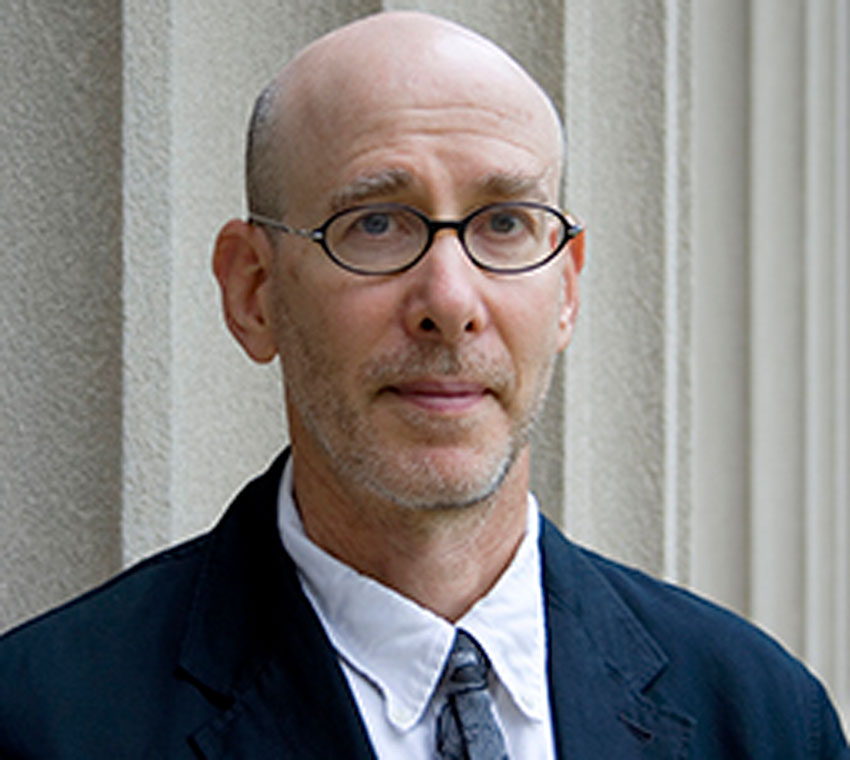
Mark Jarzombek, Professor of the History and Theory of Architecture at M.I.T., has published widely on a wide range of topics, both historical and theoretical. His books include the ground-breaking textbook entitled A Global History of Architecture (Wiley Press, 2006) with co-author Vikramaditya Prakash, now in its third edition. He is the sole author of Architecture of First Societies: A Global Perspective (Wiley Press, 2013), a book that builds on the latest research in archeological and anthropological knowledge while at the same time challenging some of their received perspectives. Jarzombek is currently working on a book that interrogates the digital/global imaginaries that shape our lives. A chapter from that book has recently been published. Digital Stockholm Syndrome in the Post-Ontological Age (University of Minnesota Press, 2016).
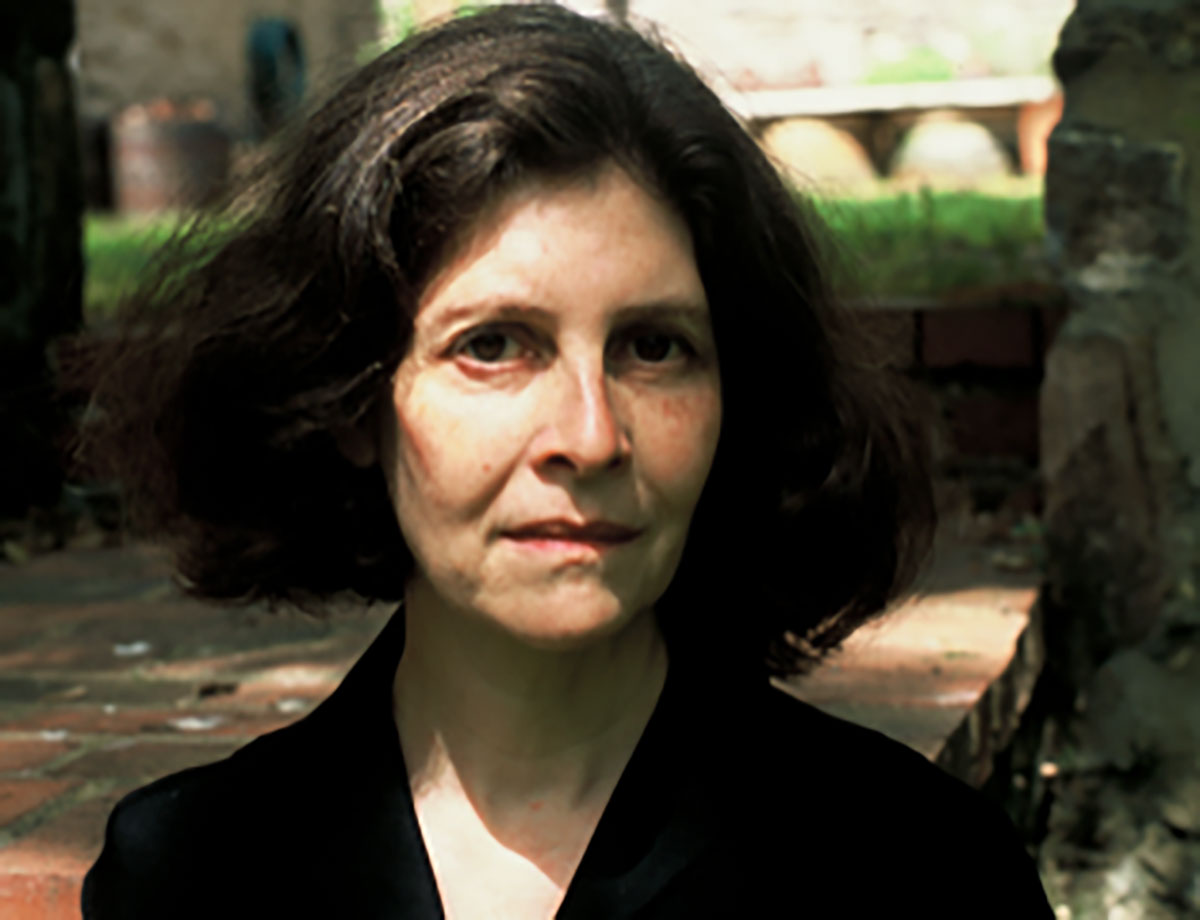
Joan Ockman is Distinguished Senior Lecturer at the University of Pennsylvania School of Design. She also holds appointments as Visiting Professor at Cooper Union and Cornell University School of Architecture. She taught for over two decades at Columbia University’s Graduate School of Architecture, Planning and Preservation, where she directed the Temple Hoyne Buell Center for the Study of American Architecture from 1994 to 2008. Among her many publications are Architecture School: Three Centuries of Educating Architects in North America (2012), The Pragmatist Imagination: Thinking about Things in the Making (2000), and the award-winning Architecture Culture 1943–1968: A Documentary Anthology (1993). Educated at Harvard and Cooper Union, she began her career at the Institute for Architecture and Urban Studies in New York, where she served as an editor of the journal Oppositions and was responsible for the Oppositions Books series. She is currently completing a collection of her own essays titled Architecture Among Other Things, for which she received a Graham Foundation grant in 2015, and collaborating on a new history of modern architecture, to be published by Thames & Hudson in 2019. She was named a Fellow of the Society of Architectural Historians in 2017.
Dissenting Choir:
—Nancy Levinson, Editor / Executive Director, Places Journal
—Mirko Zardini, Director, Canadian Centre for Architecture
—Lola Sheppard, Associate Professor, School of Architecture, University of Waterloo & Partner, Lateral Office
—John Bass, Associate Professor and Chair, Architecture, The University of British Columbia
—Tye Farrow, Senior Partner, Farrow
—Liat Margolis, Director of Master of Landscape Architecture program, Daniels Faculty, University of Toronto
—Charles Stankievech, Director of Visual Studies program, Daniels Faculty, University of Toronto
—Jeannie Kim, Daniels Faculty, University of Toronto
—Zeynep Çelik Alexander, Daniels Faculty, University of Toronto
—Mary Lou Lobsinger, Daniels Faculty, University of Toronto
—John Harwood, Daniels Faculty, University of Toronto
—Mauricio Quirós Pacheco, Daniels Faculty, University of Toronto
—Ultan Byrne, Daniels Faculty, University of Toronto


